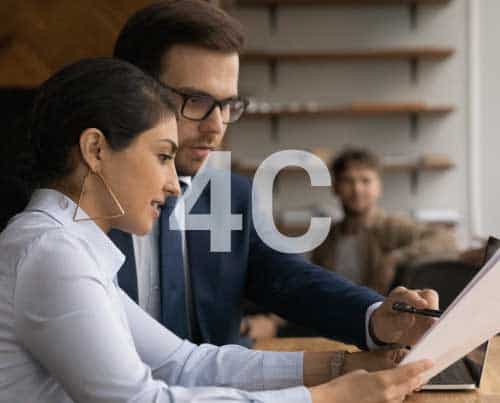Blog Post Heading
Blog Post Content
By Barbara Gottfried
Senior Editor, MindEdge Learning
Course developers and teachers use assessments to determine how well learners understand course material. But assessments are more than indicators. They include a tool that can provide differentiated and additional instruction that meets individual learners where they are in their learning processes. In short, this tool is the equalizer.
Effective assessments test various levels of comprehension, and learners may correctly answer the questions as presented. But what if a learner’s approach to understanding the content is different from the one presented in the assessment? What if a learner needs help to bridge the gap between the course content and its application in the assessment?
This is where the assessment’s equalizer comes in: the feedback.
Feedback is an important learning tool. In an in-person classroom, feedback provides real-time, individualized instruction that allows for better understanding and course correction. With online courses, it provides opportunities for connection, further instruction, and increased understanding. Teachers, course developers, and assessment writers should carefully formulate feedback with these goals in mind.
Let’s consider a multiple-choice math question that tests multiplication. The feedback for the question might consist of numerical steps for solving the problem, as well as text that explains the process. The feedback includes a combination of logical steps and an explanation that connects the content to the question. This approach can be applied in other fields, too.
Consider a question from a human resources course that requires real-world applications. How might you formulate the feedback?
- You can begin by redirecting the learner to the course content, perhaps by citing direct quotes from the course or providing definitions of glossary terms. This redirection will teach and reinforce the learner’s foundational understanding. It might also encourage the learner to look at the content again, through a different lens, and to reflect on their own approaches to learning.
- After redirecting, you can connect the course content to the question. Guide the learner through the process of arriving at the answer.
Effective feedback does more than explain the answer. It also encourages skills that increase conceptual understanding, such as making connections and identifying patterns. When formulating feedback, ask yourself, “What are the opportunities for helping the learner to understand, apply, and transfer content?”
Keep in mind that learners who often read the feedback may need more practice or other support. Write feedback that is accessible to different kinds of learners. For example, if you visually present an online assessment question using text, consider making a video presentation for the feedback, to help reach auditory learners.
Learners take courses to gain knowledge and increase their understanding of the content. These areas are often tested using assessment questions. But the learning does not have to stop there. Effective feedback can enhance the learning experience and help learners gain skills that are applicable across the board.
For a complete listing of MindEdge’s courses about online learning, click here.
Copyright © 2022 MindEdge, Inc.
